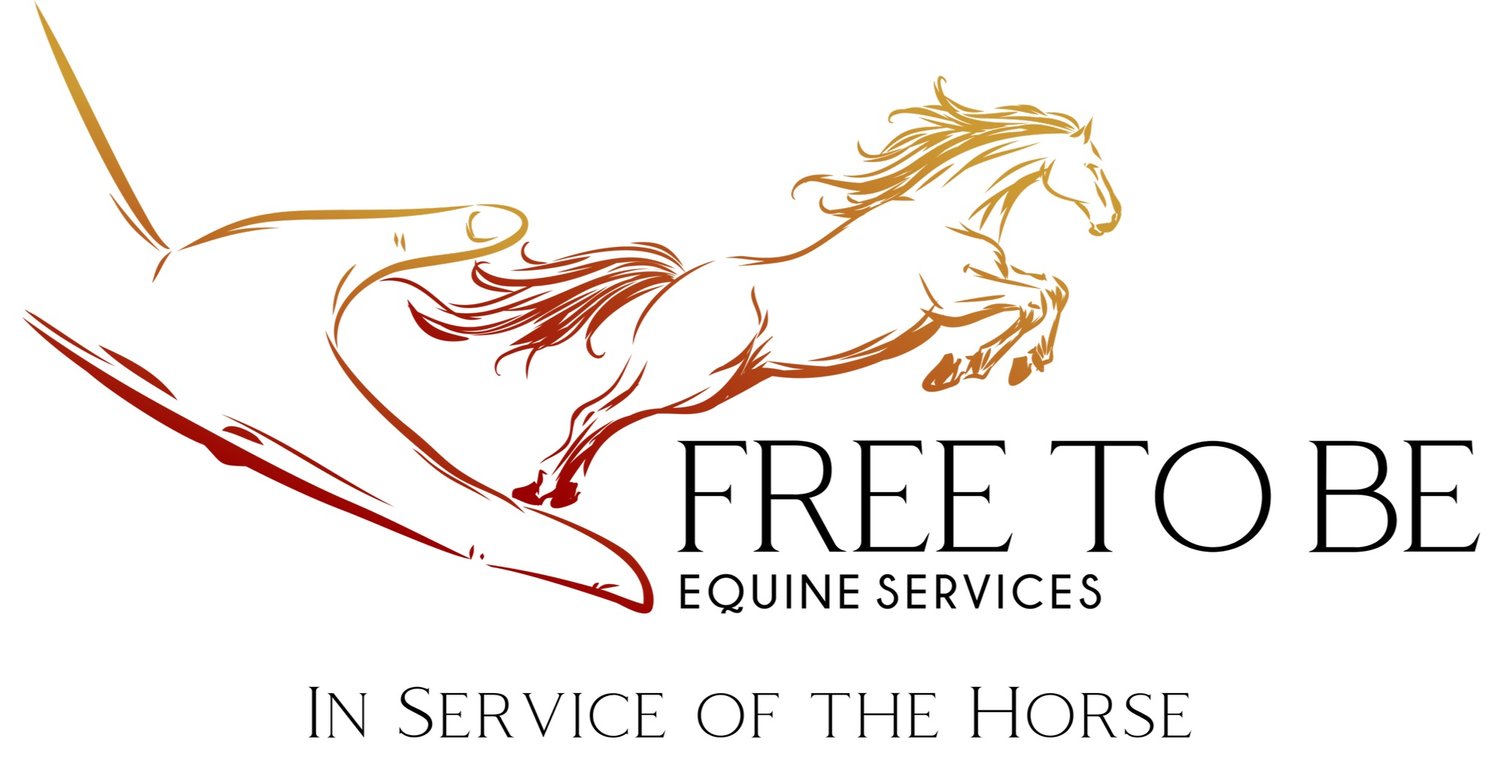Horse bodies - like our bodies - require oxygen for life. Every cell in the body requires it, and it is vital for our bodies to function. The respiratory system works to move fresh air into the body while removing waste gases. Once in the lungs, oxygen is moved into the bloodstream and carried throughout the body. The opposite occurs to remove waste gases from the blood and expell them through exhalation.
The diaphragm is a muscle that aids inhalation and exhalation. This thin, dome-shaped muscle sits below the lungs and heart and separates the chest from the abdominal cavity. It’s attachments include the sternum, ribcage and spine.
In addition to aiding with breathing, the diaphragm increases pressure inside the abdomen which supports other important functions such as organ function and digestion. The esophagus and several nerves and blood vessels run through openings in the diaphragm.
The ribcage, while acting as protection of vital organs and an attachment site for soft tissue, is also a highly mobile structure to allow for respiration. Horses have 18 pairs of ribs and each pair articulates with the spine. 8 pairs of these ribs join to the sternum.
The respiratory system function is profoundly affected by both the autonomic nervous system - the sympathic and parasympathetic responses - as well as cranial and cervical nerves which govern the function of the heart, lungs, diaphragm, pharynx, trachea, etc.
Are we beginning to see the connections?
Breathwork is likely not something most people think about when they imagine equine bodywork, but it has become an important part of my work and a vital step towards holistic well-being for my horse clients. Many horses - again, like us - develop restrictions that lead to reduced function of the ribcage and diaphragm.
Those restrictions may be due to dysfunctions within structure, posture, movement patterns, soft tissue, or within the nervous system - often a combination.
If horses can't draw in full, regular breaths utilizing the full range of their ribcage and diaphragm, they are not receiving the optimal amount of oxygenation to their tissues and cells (which affects health and performance), nor are they receiving the other benefits of deep diaphragmatic breathing such as relaxation and improved digestion.
Through multiple lenses such as myofascial, craniosacral, and somatic work, I have developed my own combination of methods to practice breathwork with horses and I have been so pleased with how much they benefit. It is also an easy thing to teach to horse stewards, so you can continue to help your horse along the journey to improving their respiratory function after my visit. Because of the nature of these soft and slow methods, and thanks to mirror neurons, the humans' breathing also benefits greatly from working with their horses in this way.

